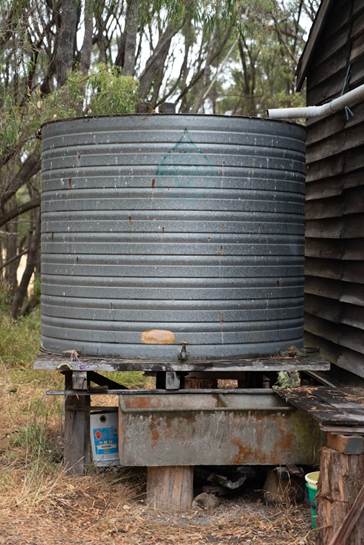Liquid storage tanks play a critical role in various industries, from agriculture to petrochemicals. They store and maintain the integrity of the liquids that support production processes. Like any other piece of equipment, storage tanks can deteriorate over time or develop issues that may compromise their safety and functionality. Addressing these problems promptly is crucial, as failing to do so can lead to hazardous spills, compliance violations, and financial losses. Thus, knowing the signs that indicate the need for inspection or replacement of liquid storage tanks is vital for any business owner or manager responsible for maintaining these systems.

Physical Damage and Deterioration
One of the most obvious signs that a liquid storage tank requires inspection or replacement is visible physical damage. Cracks, dents, rust, and corrosion can severely affect the tank's integrity. Corrosion, in particular, can weaken steel tanks, leading to leaks and structural failures. If you take a look at what companies like Polymaster outline in their approach to tank durability, you’ll find that materials and coatings play a significant role in minimizing long-term degradation. Regular inspections of both the tank body and components, such as seals and gaskets, are important for identifying early warning signs. Addressing deterioration promptly can prevent more extensive damage and costly downtime.
Leaks and Spills
Detecting leaks is another critical indicator of the need for an inspection. If you notice any liquid pooling around the base of the tank or on the surrounding ground, this should raise immediate concerns. Leaks can come from the tank itself or its connections and should not be ignored. According to the Environmental Protection Agency (EPA), accidental spills from storage tanks account for significant environmental contamination.
Cleaning up spills can lead to financial repercussions for businesses, including fines and legal fees. Preventative measures like regular inspections can significantly reduce the risk of leaks or spills. Tanks that are well-maintained have a lower likelihood of developing issues. Utilizing a company specializing in liquid storage solutions can provide guidance on proper tank maintenance practices to enhance safety and compliance.
Inconsistent Liquid Levels or Unexpected Changes
If you're noticing unusual fluctuations in liquid levels, whether an unexpected rise or drop, it’s a sign that something might be wrong with your storage tank. Regularly monitoring fluid levels is crucial, as inconsistencies can indicate leaks or issues with the tank’s structure. Pressure fluctuations in the tank or changes in the temperature of the stored liquid can lead to expansion and contraction, putting stress on the tank walls. This stress can manifest over time, leading to more significant damage if not addressed early.
Unexpected sweetness or unpleasant odors emanating from the tank can indicate leaks or other significant problems. These signs warrant immediate investigation to determine the source and ensure that hazardous materials aren’t contaminating the environment or the stored liquid.
Regulatory Compliance Concerns
Each industry has specific regulations governing the inspection and maintenance of liquid storage tanks. Familiarizing yourself with these regulations and ensuring compliance is vital. If your facility has fallen out of compliance due to an outdated tank or lack of inspections, it’s time to take action. Regularly scheduled inspections are often mandated, and failing to follow these guidelines can lead to severe penalties.
Organizations relying on liquid storage must stay informed of both local and federal regulations to avoid fines and legal challenges. Companies should have a schedule for regular inspection and maintenance to remain compliant and ensure safety. Training staff on the importance of these regulations can promote a culture of safety, prioritizing the well-being of employees and the surrounding environment.
Age of the Tank
The age of your liquid storage tank can play a significant role in determining when it should be inspected or replaced. Many tanks, especially older models, may not be designed with the same standards as newer tanks. As the tank ages, materials may break down or become less effective in their structural integrity. If your tank is approaching or exceeding its expected lifespan, a thorough inspection is vital to assess its condition. Tank lifespan varies based on materials and usage, but many tanks are designed to last around 20 years. As tanks age, they may become increasingly vulnerable to leaks, structural failures, and other safety issues. Therefore, having a comprehensive maintenance schedule that incorporates regular inspections can extend the life of the tank while ensuring your operations run smoothly.

Ensuring the safety and reliability of your liquid storage tanks is paramount. Physical damage, leaks, inconsistent levels, regulatory compliance, and the age of the tank are all critical indicators signaling the need for inspection or replacement. By acting upon these signs, business owners can mitigate risks, protect the environment, and remain in compliance with regulations. Regular inspections and maintenance are vital components in guaranteeing the integrity and safety of liquid storage systems.









